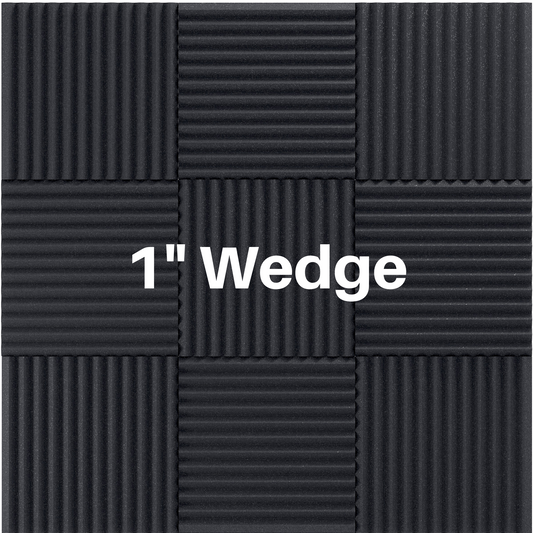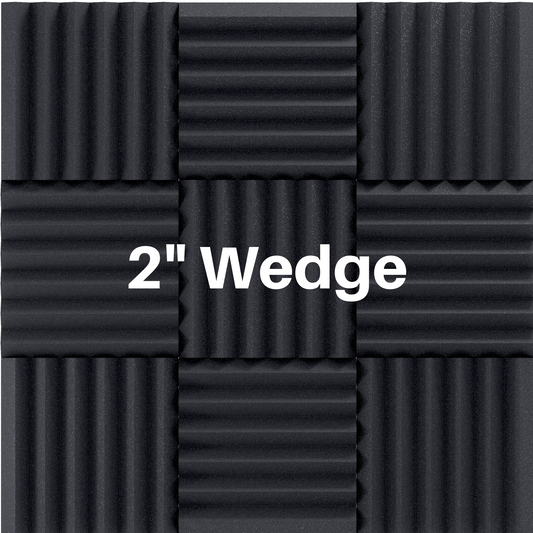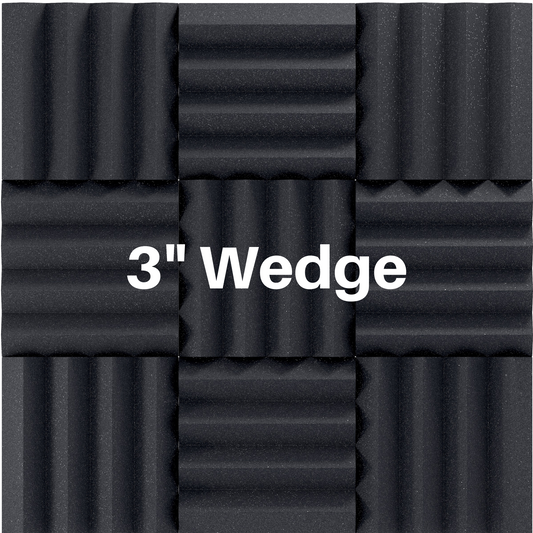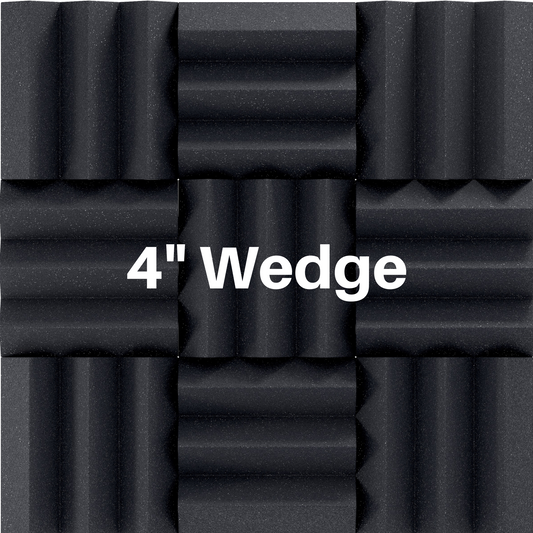What Is A Condenser Microphone & How Does It Work? - Simple Recording Tip
Share

The three most common types of microphones are dynamic, ribbon, and condensers. All three of these microphone types are great for various recording needs, but today we will be discussing the condenser. The condenser microphone is the most popular style of microphone used in recording studios today.
How is the sound made?
Condenser mics differ from dynamic and ribbon mics because they operate on an electrostatic principle rather than electromagnetic.
The basic condenser microphone consists of two very thin plates and an output. One of the plates (the backplate) is fixed and does not move. The other plate (the diaphragm) moves. These two plates form the capacitor, or condenser. A capacitor is an electrical device that is able to store an electrical charge. A stable DC power supply provides polarizing voltage to the plates which charges the capacitor. When the diaphragm catches sound it reverberates into the space between it and the backplate. This produces a tiny electrical signal that can be amplified. These amplified signals are what we hear on the radio everyday!
Tube vs Solid-State
Older dynamic microphones had vacuum tubes in the output circuitry while newer condensers are solid-state. However, there has been a revival in the demand for tube condensers as they provide sound with a warmer overall tone, even-harmonic distortion, and softer highs. Solid-state condensers produce a very good, clear and transparent sound. Solid-state condensers are more "what you hear is what you get" while tube condensers tend to liven up the recordings.
Large Diaphragm vs Small Diaphragm
Large diaphragm condensers pick up more low end frequencies and have less self noise overall. They are also more sensitive as the large diaphragm is easier to move.
Small diaphragm condensers are great for high end frequencies and can also handle more SPL. SPL refers to the amount of sound pressure that a microphone can endure before distorting or failing.
Generally, large diaphragm condensers are used for vocals while small diaphragm condensers are used for instruments. However, each individual mic should be observed on its own. Listen to how it sounds with your instrument or voice, in various rooms because it will sound different; and then you can determine what is the best mic to capture the sound you desire.
Popular Large Diaphragm Condenser Microphones:
- MXL 990 Condenser Microphone
- AKG Pro Audio C214 Condenser Microphone, Cardioid
- Audio-Technica AT2020 Cardioid Condenser
- Rode NTK Tube Condenser Microphone
- MXL 604 Small Diaphragm Condenser Microphone
- Audio-Technica AT2021 Cardioid Condenser Microphone
- Shure KSM137 /SL Cardioid Condenser
- Rode NT5 Compact 1/2" Cardioid Condenser Microphone
Please contact us with any questions at all. We love to help!
Below: Diagram of condenser microphone






2 comments
Rodney, yes condenser mics require phantom power.
Do condenser Mic s require phantom power?